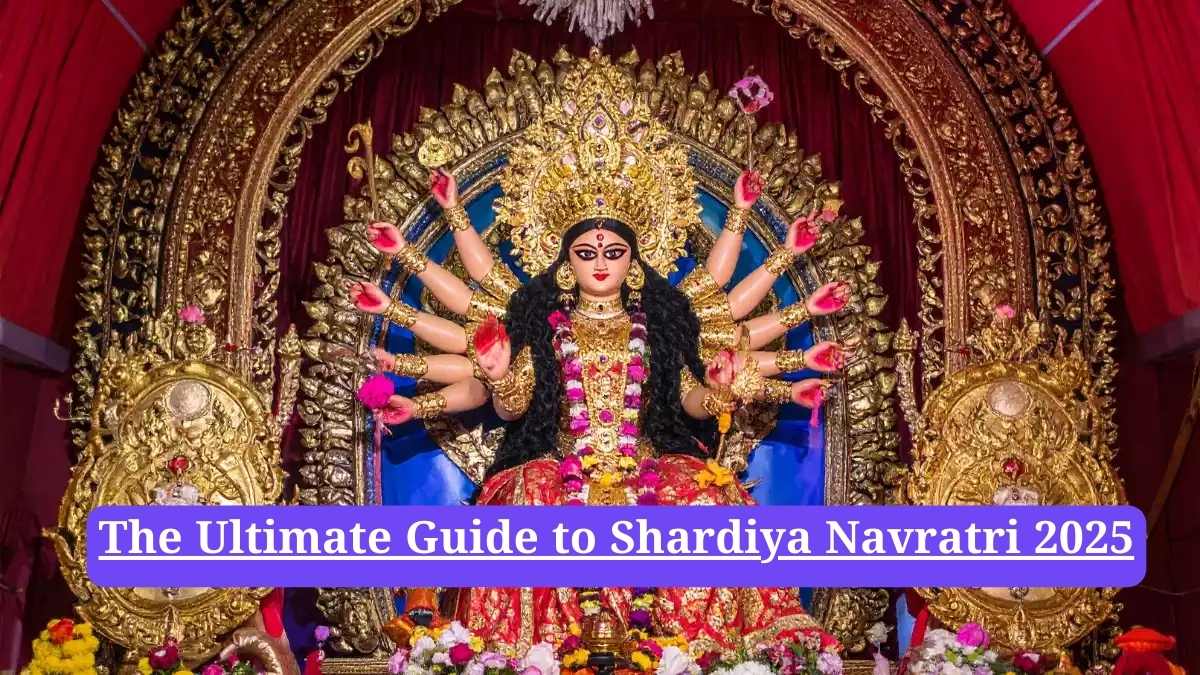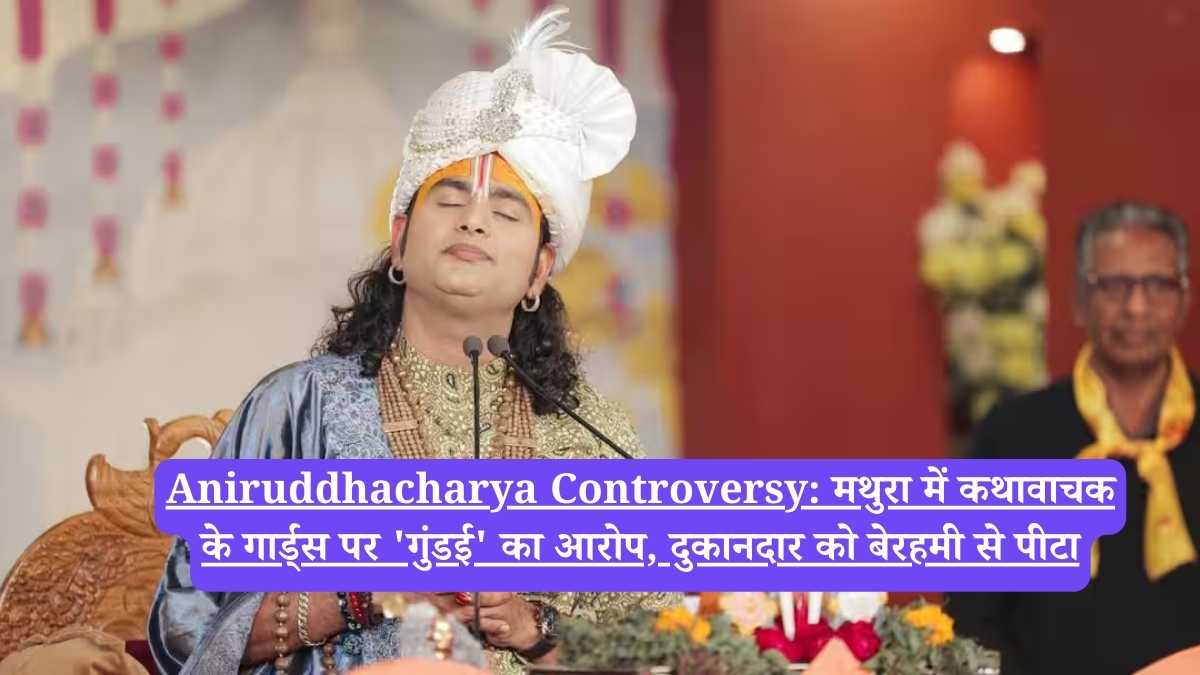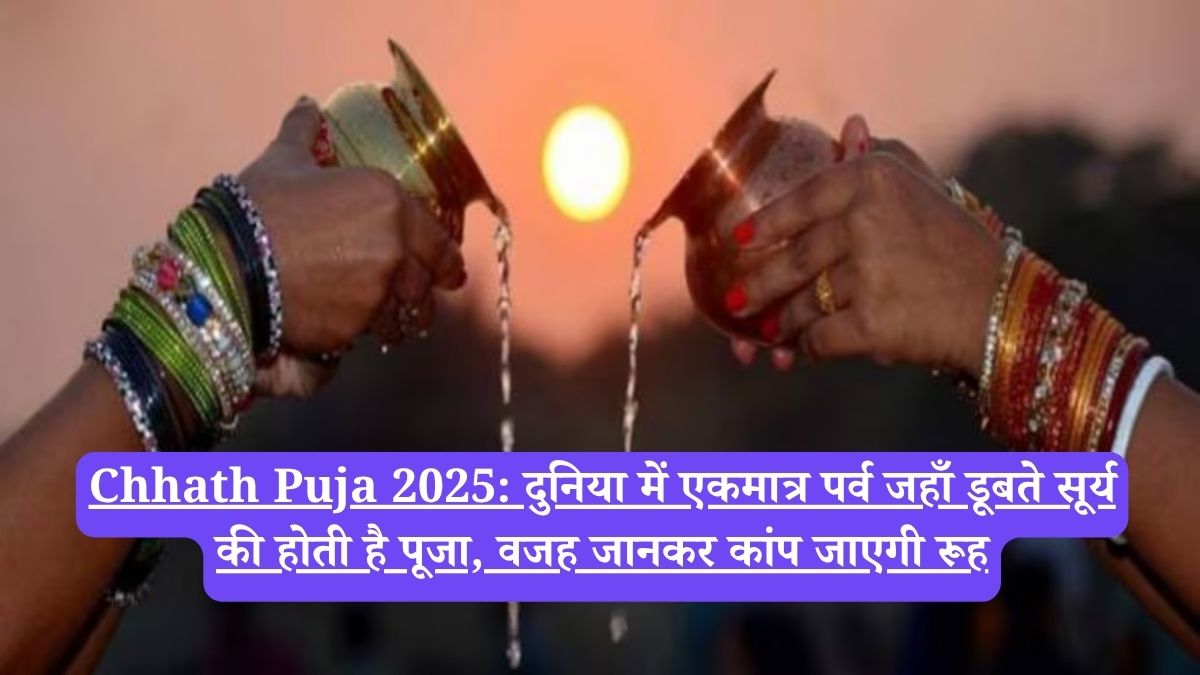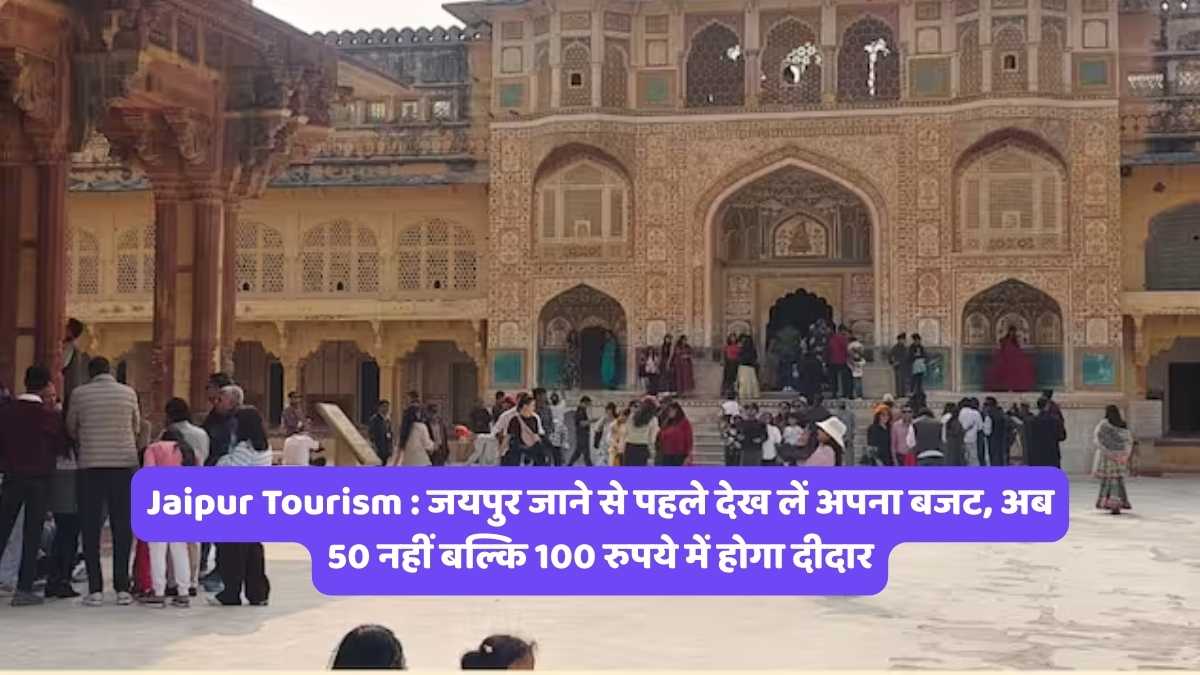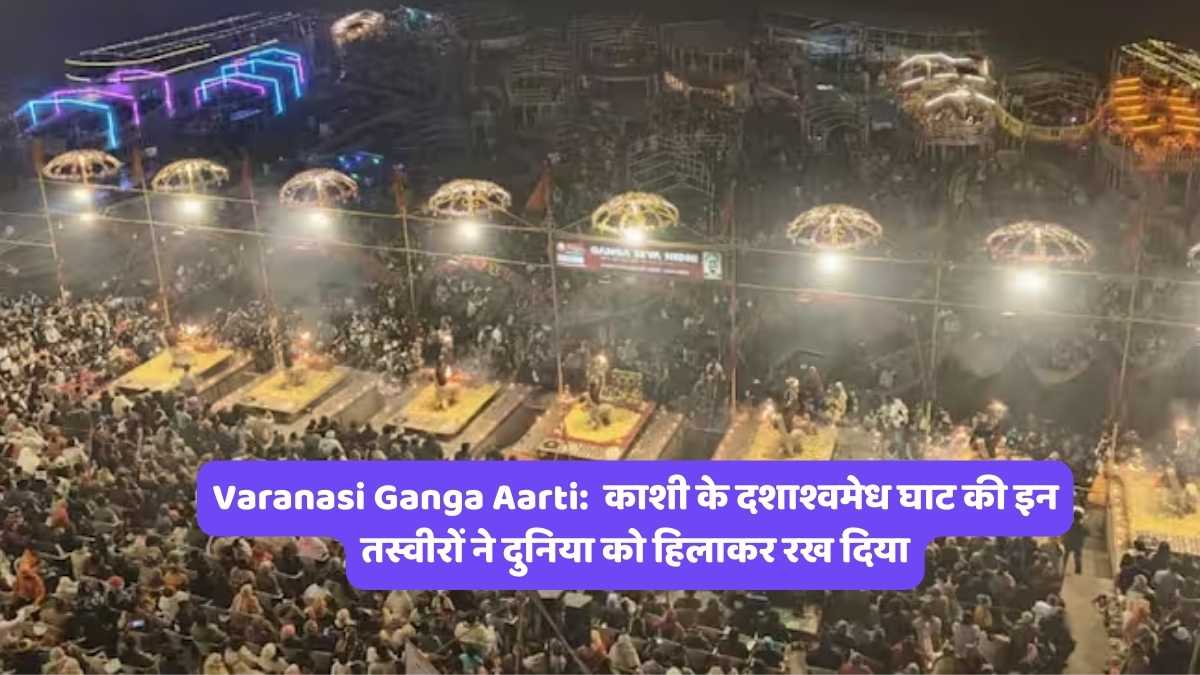Join WhatsApp
Join NowShardiya Navratri 2025: The air is set to fill with devotion and festive cheer as Shardiya Navratri, one of the most significant Hindu festivals, begins on September 22, 2025. This nine-night spiritual extravaganza, dedicated to the worship of Goddess Durga and her nine divine forms, will continue until October 1, 2025. The festival celebrates the victory of good over evil and is a time for immense devotion, fasting, and vibrant cultural festivities.
Auspicious Timings for Ghatsthapana: Welcoming the Goddess Home
The commencement of Shardiya Navratri is marked by the sacred Ghatsthapana or Kalash Sthapna, a ritual of invoking the Goddess’s presence into one’s home.Performing this ceremony during the auspicious muhurat is believed to maximize blessings and bring prosperity.
For devotees in India, the auspicious timings for Ghatsthapana on September 22, 2025, are:
- Morning Muhurat: 6:09 AM to 8:06 AM
- Abhijit Muhurat: 11:49 AM to 12:38 PM
In the United States, the timings vary across different time zones on September 22, 2025:
- Eastern Time (ET): 6:44 AM to 8:53 AM
- Central Time (CT): 6:38 AM to 8:49 AM
- Mountain Time (MT): 6:48 AM to 8:56 AM
- Pacific Time (PT): 6:41 AM to 8:43 AM
For those celebrating in the United Kingdom, it is advised to consult local temple schedules for precise timings, though the festival dates align from September 22 to September 30, 2025.
The Sacred Ritual of Kalash Sthapna: A Step-by-Step Guide
To perform the Kalash Sthapna with devotion, gather these essential items: a wooden plant, seven types of grains, a clay or brass pot (Kalash), soil, Ganga Jal (holy water), Kalava (sacred thread), betel nuts, cloves, mango leaves, rice, a coin, and a coconut wrapped in a red cloth.
The process is as follows:
- Begin by placing soil in a wide-mouthed earthen pot and sowing the seven grains.
- Fill the Kalash with Ganga Jal, and add a coin, betel nut, and cloves.
- Tie the Kalava around the neck of the Kalash.
- Arrange mango leaves at the mouth of the Kalash.
- Place the coconut, wrapped in red cloth, on top of the mango leaves and tie it with Kalava.
- This sacred Kalash is then placed on the wooden plank.
- Light an Akhand Deep (a lamp that burns continuously) near the Kalash and commence the worship of Goddess Durga.
Day 1: The Worship of Maa Shailputri
The first day of Navratri is dedicated to Maa Shailputri, the daughter of the mountains. Her name, which means “Daughter of the Mountain,” signifies purity, strength, and determination.Devotees worship her to seek blessings for good health and a long life. It is also believed that her worship can alleviate any malefic effects of the Sun in one’s horoscope.
Goddess Durga’s Auspicious Arrival on an Elephant
Each year, Goddess Durga’s arrival on a specific vehicle holds a special significance for the coming months. In 2025, she will arrive on an elephant, a symbol of wealth, prosperity, and knowledge. The elephant is also the vehicle of Lord Brihaspati, the bestower of wisdom and abundance. This auspicious arrival signifies a period of happiness, peace, and prosperity for all. It suggests a time of patience, joy, and spiritual growth.
The Global Significance of Shardiya Navratri
Shardiya Navratri is a powerful reminder of the divine feminine energy that permeates the universe. The nine nights are dedicated to worshipping the nine different forms of Maa Durga, collectively known as Navdurga. Each form bestows unique blessings upon her devotees. The festival is celebrated with great fervor not just in India, but also by the Hindu diaspora in countries like the USA and the UK, with community gatherings, Garba and Dandiya nights, and special temple ceremonies. This sacred period is an opportunity to overcome obstacles, both internal and external, and to cultivate inner strength and peace.
